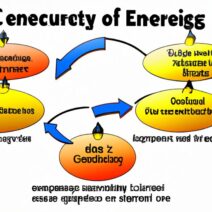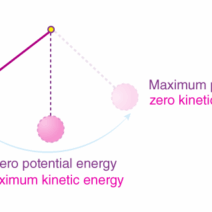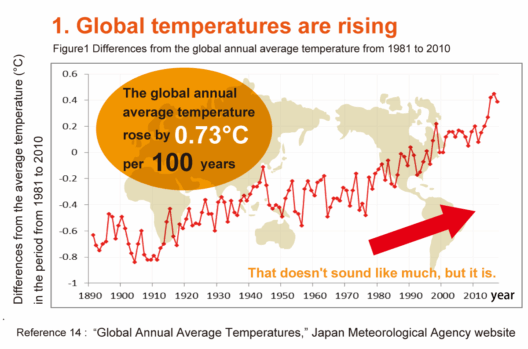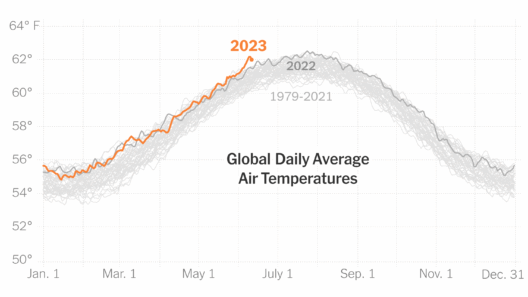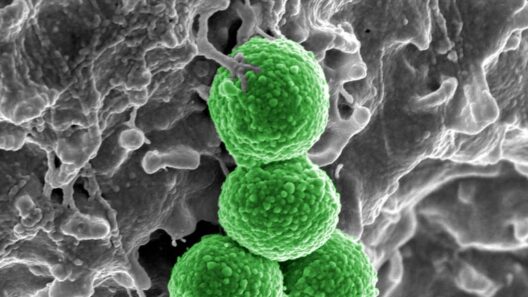Imagine standing in the produce section of your local grocery store. As you peruse various fruits and vegetables, do you ever ponder the detailed journey that brought these items from their origins on farms to your shopping cart? This phenomenon, often dubbed “farm to fork,” encompasses an intricate web of processes, emissions, and ecological impacts that are critical in the context of global warming. How directly does your food choice influence climate change? The answer may surprise you.
The agricultural sector has a profound connection to carbon emissions, responsible for approximately 25% of global greenhouse gases. This figure emerges from various stages of food production, processing, and transportation. From the initial cultivation of crops to their ultimate delivery, every phase contributes to the atmospheric pollutants we seek to mitigate. So, the question becomes: What role do our food choices play in ameliorating or exacerbating the climate crisis?
To dissect this complex interaction, we must first analyze the agricultural practices—not all methods are created equal. Conventional farming, often reliant on synthetic fertilizers and pesticides, routinely practice monocropping. This technique, the cultivation of a single crop over vast areas, can deteriorate soil health, disrupt ecosystems, and necessitate greater fuel consumption for machinery and transportation. You may be pondering whether choosing organic products, with their commitment to sustainability and biodiversity, presents a viable alternative.
Furthermore, livestock farming exacerbates environmental degradation and climate change. Ruminants, such as cows and sheep, produce methane, a greenhouse gas that is 28 times more potent than carbon dioxide over a 100-year timeline. The vast amounts of land required for grazing, coupled with deforestation pressures to create more pasture land, illustrate a daunting paradox: the rising demand for meat directly correlates to rising levels of greenhouse gases. Could reducing meat consumption be a key strategy in our fight against global warming?
Processed foods present another layer of complexity. The journey from farm to fork transcends raw ingredients. Extensive industrial processes often involve energy-intensive methods that contribute significantly to greenhouse gas emissions. Think about pre-packaged meals and snacks. Their convenience comes at a steep environmental cost—packaging, preservatives, and artificial ingredients emerged from energy-consuming systems. How often do consumers stop to consider the environmental footprint associated with convenience?
Transportation adds another dimension to the farm-to-fork chain. The global food supply often involves long distances, with products traveling thousands of miles to reach our tables. Air-freighted food, for instance, emits disproportionate levels of CO2. Shorter supply chains, such as those found in local farming markets, significantly reduce this carbon footprint. The sustainability of your food depends not solely on what you eat but also where it comes from. Are you willing to explore local options that enhance community resilience while reducing climate impact?
The packaging of food also plays a critical role in its environmental impact. Single-use plastics and non-biodegradable materials are prevalent in the modern food system. Not only do they pollute our oceans and landscapes, but their production consumes valuable fossil fuels. The rise of alternatives, such as compostable packages or bulk-buying options, offers potential solutions. Have you considered ways to minimize your reliance on plastic while shopping?
Consumer behavior undeniably shapes agricultural practices. The demand for sustainable, high-quality food continues to rise, prompting farmers to adapt their methods. Agroecology, which applies ecological principles to agricultural systems, fosters resilience against climate disruptions. This practice emphasizes crop diversity, soil health, and local knowledge—an antidote to pollution-intensive methods. Through conscious consumption, you contribute to reshaping agricultural practices and prioritizing sustainability. Are you prepared to be a catalyst for change within the food system?
Moreover, the concept of food waste cannot be overlooked. Approximately one-third of food produced globally ends up in landfills, decomposing and emitting methane in the process. By making mindful decisions regarding portions and utilizing leftovers creatively, individuals can effectively combat this issue. Efforts to educate oneself and others about the ramifications of food waste can go a long way. What steps will you take to ensure you’re not contributing to this pervasive problem?
As we confront the realities of climate change, our food systems must adapt. The relationship between agricultural methods, consumer choices, and climate impact creates an intricate tapestry. By understanding how these threads intertwine, we can make informed decisions that mitigate harmful emissions. Knowledge empowers consumers to advocate for more sustainable practices that prioritize our planet’s health over mere convenience. The next time you contemplate what to put on your plate, consider the broader implications of that choice.
Ultimately, addressing global warming demands a comprehensive approach, and food systems are pivotal to this endeavor. Rethinking how we grow, process, transport, and consume food could revolutionize our relationship with the environment. Have you begun to consider your role in this crucial dialogue? By participating in sustainable food practices, you contribute to a legacy of environmental stewardship for future generations.
In conclusion, the journey from farm to fork embodies a positioning of consciousness regarding your food choices. The consequences of every meal extend far beyond the dinner table. The challenge lies in transforming knowledge into action and responding to the pressing need for sustainability. Together, we can forge a more resilient and equitable food system while fighting the climate crisis. Will you join the movement?
